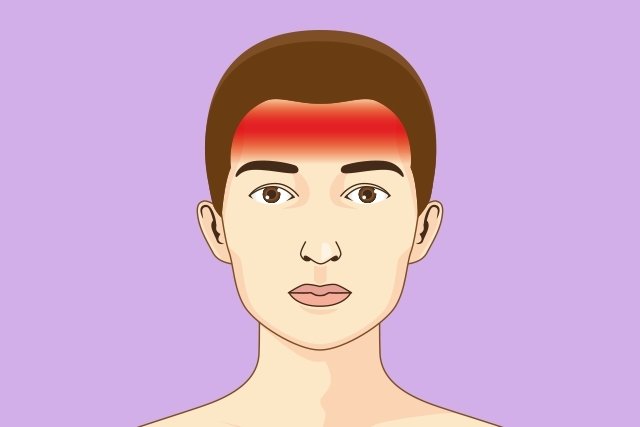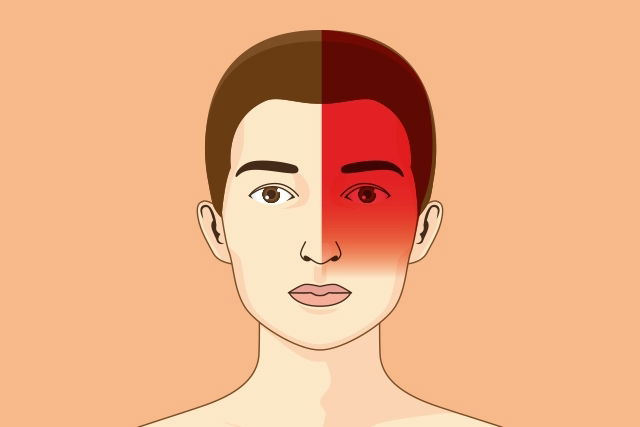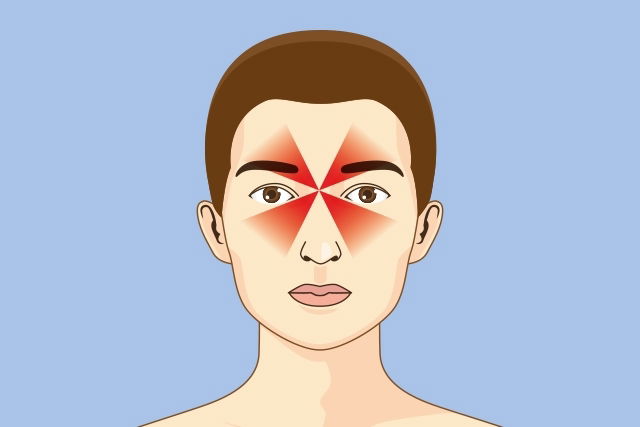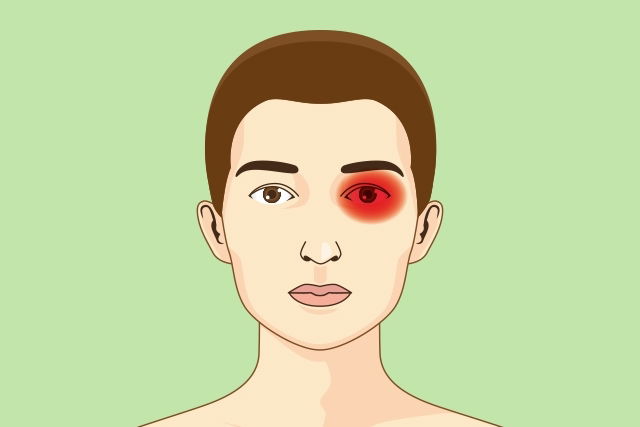The most common types of headaches are tension headaches, migraines, sinusitis headaches and cluster headaches. Each of these present with their own characteristic, unique symptoms.
A headache can present with other general symptoms, such as a fever, runny nose, swelling in the face and a feeling of stiffness in the muscles of the neck or shoulders.
To correctly identify the type of headache, you are advised to consult a neurologist. Headache treatment may involve the use of medication, such as analgesics, anti-inflammatories and antibiotics, as prescribed by a doctor.
1. Tension headache

Tension headaches present with a feeling of pressure or tightness in the head, It can last for 30 minutes to 7 days, in the most severe cases. Although it can be uncomfortable, it does not usually interrupt activities of daily living.
A tension headache is believed to be caused by stress and muscle tension, and can sometimes be accompanied by a feeling of stiffness or tightness in the muscles of the shoulders or neck. Learn more about tension headaches and what can cause them.
How to treat it: Treatment for tension headaches usually involves analgesics, such as acetaminophen or ibuprofen. In some cases, the doctor may also prescribe antidepressant medications such as amitriptyline to prevent the pain from returning.
To complement the treatment, the doctor may also recommend physiotherapy sessions to improve posture and relax muscles and/or alternative therapies, such as massage and acupuncture, to help relieve stress.
2. Migraine

A migraine is a type of throbbing headache that normally affects only one side of the head. It typically gets worse with movement and is accompanied by symptoms such as nausea, vomiting and increased sensitivity of the eyes to light.
This type of headache can be disabling, requiring the person to rest in a dark, quiet place, It can last for up to 72 hours in some cases. Learn more about how to recognize migraine symptoms.
How to treat it: Migraines can be treated with the use of medications such as acetaminophen, ibuprofen or sumatriptan. In addition, the doctor may also prescribe other medications, such as valproic acid or propranolol, to prevent the pain from returning in some cases.
Other important considerations include reducing stress, getting enough sleep, maintaining a regular sleep schedule, avoiding prolonged fasting, exercising regularly and drinking plenty of fluids.
3. Sinusitis headache

The type of headache is associated with flares of sinusitis and tends to affect the face, especially the region around the nose and/or around the eyes. It is accompanied by other symptoms, such as yellowish nasal discharge, stuffy nose, cough and fever.
This type of headache can also cause a feeling of heaviness or pressure in the face that worsens when you lower your head and when you lie down.
How to treat: Sinusitis headaches can be treated with nasal irrigation and medications, like nasal decongestants and analgesics. Learn more about sinusitis medication your doctor may prescribe.
Additionally, if an infection develops, you may need to take an antibiotic as directed by your doctor.
4. Cluster headache

Cluster headaches most commonly affect he region of around one of the eyes. It is also common to experience symptoms like a runny nose, swelling of the eyelid and tearing of the eye. See more cluster headache symptoms.
How to treat: Treatment for cluster headaches usually involves inhalation of 100% oxygen. In some cases, the doctor may also prescribe medications, such as verapamil or lithium, to prevent the flare-ups from returning.
